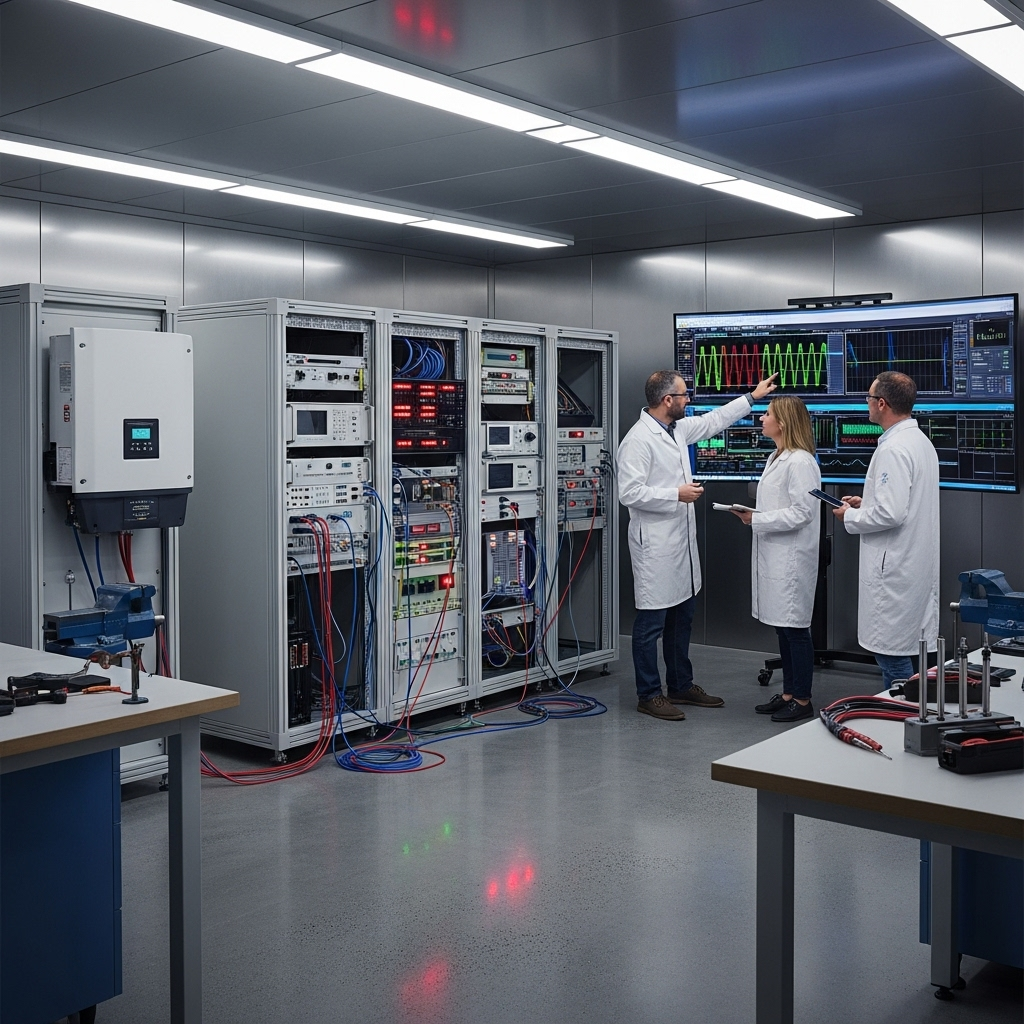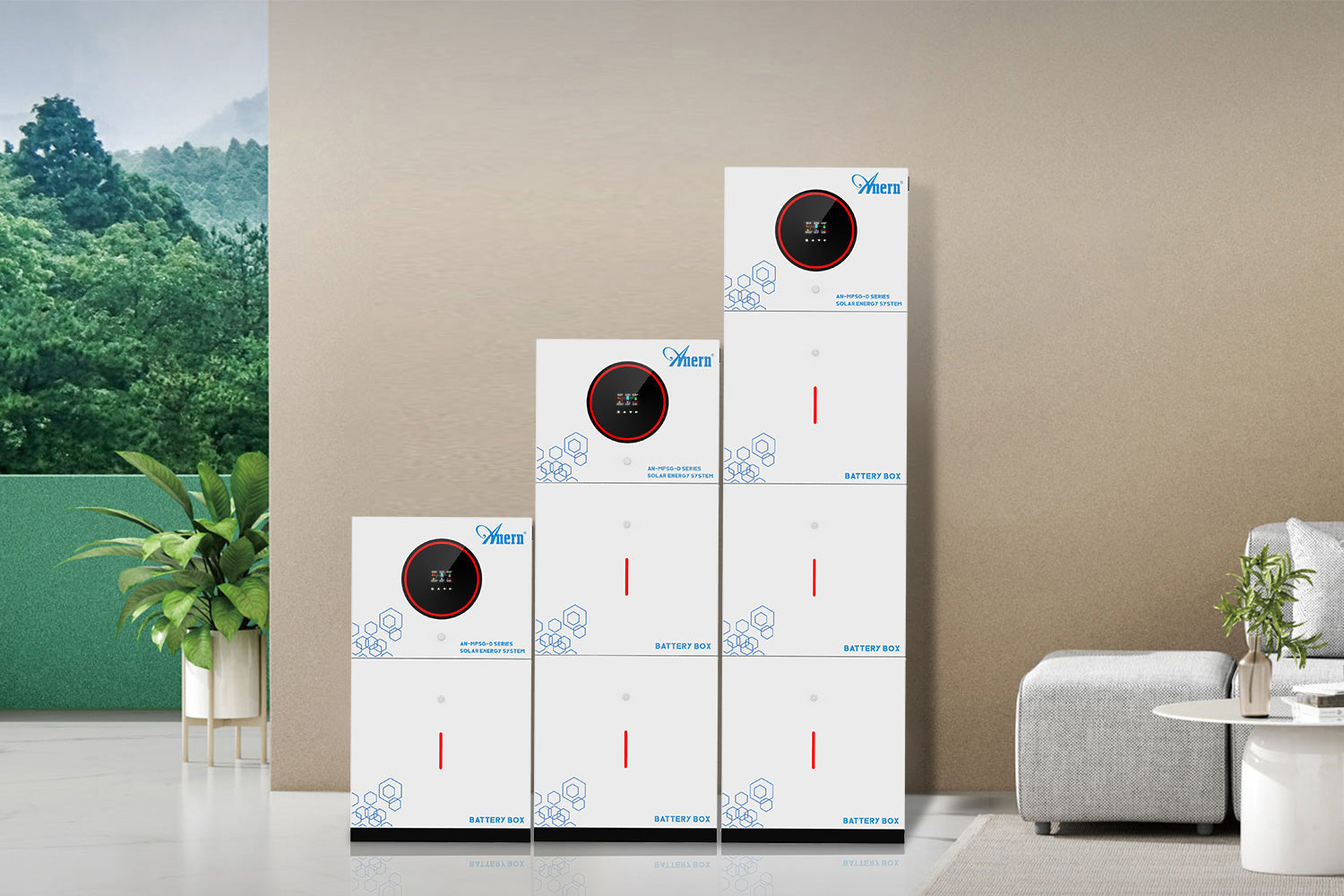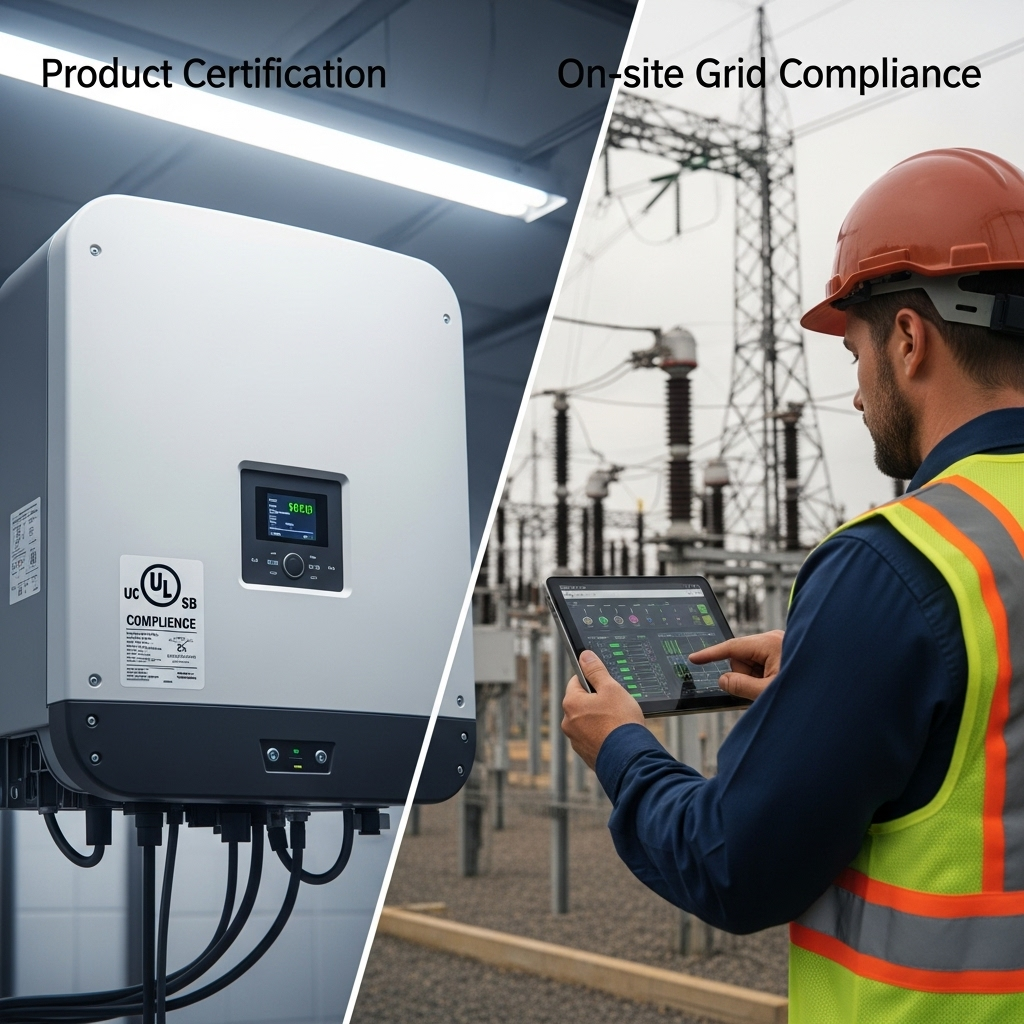Bringing a solar inverter or energy storage system to the North American market requires clearing a critical hurdle: certification. The UL 1741 SB standard is the key that unlocks grid interconnection. However, the certification itself is only as reliable as the test data behind it. This makes your choice of a testing laboratory a pivotal strategic decision. The international standard for laboratory competence, ISO/IEC 17025, is the definitive benchmark for ensuring the test results are accurate, impartial, and trustworthy.
Understanding the Core Standards
Navigating the certification landscape begins with a clear grasp of the primary standards. UL 1741 SB and ISO/IEC 17025 are not interchangeable; they serve distinct but complementary roles in ensuring your product is safe, reliable, and ready for the grid.
What is UL 1741 SB?
UL 1741 is the foundational safety standard for inverters, converters, and controllers used in distributed energy systems. The Supplement B (SB) is a crucial update that incorporates the advanced grid-support functional tests required by IEEE 1547-2018. To achieve UL 1741 SB certification, a product must successfully pass a rigorous series of tests that prove its ability to perform functions like voltage and frequency ride-through, watt-VAR control, and ramp rate control, which are essential for maintaining grid stability.
The Importance of ISO/IEC 17025 Accreditation
ISO/IEC 17025 is the global standard for the technical competence of testing and calibration laboratories. As outlined in the IRENA report Quality infrastructure for smart mini-grids, this standard 'specifies the general requirements for the competence, impartiality and consistent operation of laboratories'. Accreditation to this standard means a laboratory has a robust quality management system and has been independently verified to be technically proficient in the tests it performs. It ensures traceability of measurements, technical competence of the staff, and validity of the test methods.
How the Standards Work Together
The relationship is straightforward: UL 1741 SB defines *what* needs to be tested, while ISO/IEC 17025 accreditation ensures the lab doing the testing is competent to produce valid and reliable results. A certification body relies on the test report from an accredited lab to grant the final UL 1741 SB certification. Using a non-accredited lab introduces significant risk, as their data may be questioned or rejected by utilities and regulatory authorities, leading to costly re-testing and market delays.

Key Criteria for Selecting a Qualified Testing Lab
Choosing a lab is more than a simple transaction. It's about finding a partner to guide you through a complex process. Here are the critical factors to evaluate.
Verify Accreditation and Scope
A lab's ISO/IEC 17025 accreditation is the first thing to check, but it's not the last. You must verify that their *scope of accreditation* specifically covers UL 1741 SB and the relevant sections of IEEE 1547.1. The scope is a formal document listing the exact tests the lab is accredited to perform. You can typically verify this on the website of the accrediting body (e.g., A2LA, NVLAP). A lab accredited for general electrical safety is not automatically qualified for advanced inverter testing.
Technical Expertise and Equipment
UL 1741 SB testing requires highly specialized and expensive equipment, including programmable grid simulators and high-precision power analyzers. The lab's engineering team must have deep expertise in power electronics and a thorough understanding of grid codes. Ask potential labs about their experience with inverters similar to yours and their familiarity with the specific requirements of your target markets.
Industry Experience and Turnaround Time
An experienced lab can be an invaluable asset. They can often spot potential design flaws during pre-certification consultation, saving you from failing expensive tests later. Inquire about their track record with UL 1741 SB certifications. While cost is a factor, balance it against turnaround time. A lab with a long queue or inefficient processes can delay your market entry, costing more in the long run. Some estimates suggest certification can take 10-12 weeks per inverter, so lab capacity is a real concern.
Navigating the Certification Process
Understanding the steps involved helps you prepare effectively and work efficiently with your chosen lab partner.
Pre-Certification Planning and Consultation
A strong partnership begins before any tests are run. Engage with the lab early in your design cycle. Provide complete documentation, including schematics, user manuals, and bills of materials. This allows the lab to develop a comprehensive test plan and identify any potential compliance issues upfront.
The Testing Phase
During this phase, your product will undergo a battery of tests to verify its performance and safety under various grid conditions. Key tests for UL 1741 SB include:
- Voltage & Frequency Ride-Through: Ensuring the inverter remains connected during short-term grid disturbances.
- Volt-Var and Freq-Watt Functions: Verifying the inverter can adjust its reactive and active power output to support grid voltage and frequency.
- Interoperability: Confirming the inverter can communicate reliably using a standard protocol like SunSpec Modbus, DNP3, or IEEE 2030.5.
- Safety Tests: Including anti-islanding protection to ensure the inverter de-energizes when the grid goes down.
Reporting and Final Certification
After testing is complete, the lab will issue a detailed report. This document is the evidence submitted to a Nationally Recognized Testing Laboratory (NRTL) or Certification Body (CB) that your product meets all requirements. The clarity and accuracy of this report are critical for a smooth final approval. An ISO/IEC 17025 accredited lab ensures the report is structured and contains all the necessary data that certification bodies require.
A Strategic Decision for Market Success
Selecting an ISO/IEC 17025 accredited laboratory for your UL 1741 SB certification is a foundational step for successful market entry in North America. This choice directly impacts your project timeline, budget, and the ultimate reliability of your product. By prioritizing a lab with a verified scope, deep technical expertise, and a strong track record, you are not just buying a test service; you are investing in a smoother path to compliance and building trust in your technology. A rigorous testing process is fundamental to validating the performance indicators for solar and storage solutions that customers and utilities depend on.
Frequently Asked Questions
What is the difference between accreditation and certification?
Accreditation applies to the laboratory itself, confirming its technical competence and impartiality based on standards like ISO/IEC 17025. Certification applies to a product, confirming that it meets the specific requirements of a standard like UL 1741 SB.
Can I use test data from a non-accredited lab for UL 1741 SB?
This is highly discouraged. Certification Bodies and regulators rely on the integrity of test data. Reports from non-accredited labs are often rejected, forcing you to conduct expensive and time-consuming re-testing at an accredited facility.
Does ISO/IEC 17025 accreditation guarantee my product will pass?
No. Accreditation guarantees the competence of the lab and the validity of its test results. It ensures that if your product fails, the failure is real and not due to faulty testing procedures or equipment. The responsibility for designing a compliant product remains with the manufacturer.





Leave a comment
All comments are moderated before being published.
This site is protected by hCaptcha and the hCaptcha Privacy Policy and Terms of Service apply.